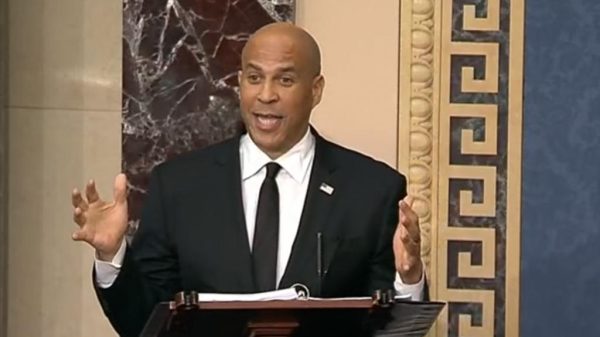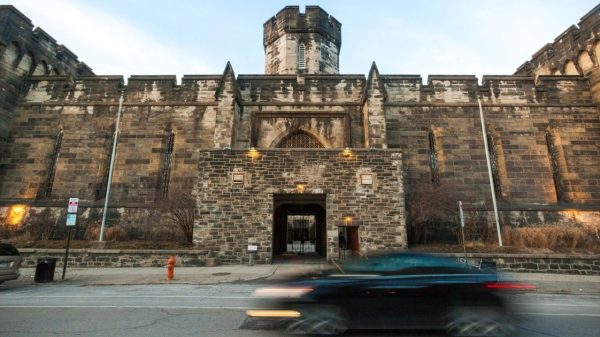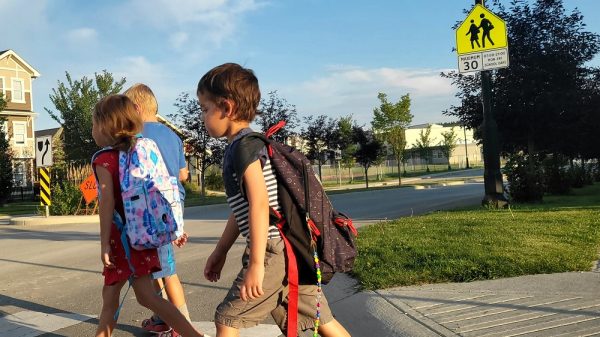Retirement planning has never been more critical, and the Secure 2.0 Act is here to help Americans prepare for a financially stable future. This comprehensive law, enacted in December 2022, introduces groundbreaking changes that will reshape how we approach retirement savings starting in 2025. Whether you’re nearing retirement or just starting to think about it, these updates can have a significant impact on your pocketbook.

Here’s everything you need to know about the Secure 2.0 Act, explained in simple terms, with practical advice and key details to help you take full advantage of its provisions.
Secure 2.0 Law:
| Change | Details | Impact |
|---|---|---|
| Increased Catch-Up Contributions | Individuals aged 60-63 can contribute up to $10,000 or 150% of the current catch-up amount. | Allows older workers to boost retirement savings significantly in their peak earning years. |
| Mandatory Auto-Enrollment | New 401(k) and 403(b) plans must automatically enroll employees at 3-10% contribution rates. | Encourages consistent savings from the start of employment. |
| Emergency Savings Accounts | Employees can save up to $2,500 in linked accounts for penalty-free emergency withdrawals. | Provides a financial safety net without compromising retirement savings. |
| Student Loan Matching | Employers can match student loan payments with retirement plan contributions. | Helps younger employees balance debt repayment with building retirement funds. |
| Lost and Found Database | A national database will help individuals locate forgotten retirement accounts. | Ensures retirees don’t miss out on accessing their savings. |
| Read the official Secure 2.0 Act here |
The Secure 2.0 Act is a monumental step forward in ensuring retirement readiness for Americans. With increased contribution limits, automatic enrollment, and innovative features like emergency savings accounts and student loan matching, the law addresses common barriers to financial security. Whether you’re just starting your career or preparing for retirement, understanding and leveraging these changes can make a substantial difference in your financial future.
What Is the Secure 2.0 Act?
The Secure 2.0 Act builds on the original SECURE Act (Setting Every Community Up for Retirement Enhancement), aiming to improve retirement savings accessibility and flexibility. Its primary goal is to make saving for retirement easier and more inclusive, addressing common barriers such as student loan debt, lack of savings options for part-time workers, and insufficient contributions in later career stages.
By expanding opportunities and removing hurdles to saving, the Act provides targeted solutions to the financial challenges faced by workers today. Whether it’s simplifying access for part-time employees or allowing catch-up contributions for those closer to retirement, the law’s provisions are designed to meet savers where they are.
Major Changes in 2025
1. Increased Catch-Up Contributions
For individuals aged 60 to 63, the Secure 2.0 Act introduces a game-changer. Currently, workers aged 50 and above can make catch-up contributions of $7,500 annually. Starting in 2025, this amount will increase to the greater of $10,000 or 150% of the current catch-up contribution limit.
For example:
- If the standard catch-up contribution is $7,500, eligible individuals can contribute $11,250 annually.
- This applies to 401(k), 403(b), and governmental 457(b) plans.
This increase is particularly beneficial for individuals who may have started saving later in life. By capitalizing on higher earning years, older workers can bridge savings gaps and enhance their retirement security.
2. Automatic Enrollment in Retirement Plans
From January 1, 2025, most new 401(k) and 403(b) plans must automatically enroll eligible employees at a contribution rate of 3-10%. The rate will increase by 1% annually until it reaches at least 10%, capped at 15%.
- Employees can opt out or adjust their contribution rate.
- Automatic enrollment is proven to increase participation, especially among younger workers.
This feature is particularly effective in fostering good financial habits early on. With consistent contributions from the start, savers can take advantage of compound interest over time, significantly boosting their nest egg.
3. Emergency Savings Accounts (ESAs)
The Secure 2.0 Act allows employers to offer linked emergency savings accounts, capped at $2,500. Employees can access these funds penalty-free for unforeseen expenses.
- Example: If you face unexpected car repairs, you can withdraw from your ESA instead of dipping into your retirement fund.
- These accounts encourage financial resilience while protecting long-term savings.
Having a dedicated emergency fund provides a buffer for life’s surprises, reducing the temptation to take early withdrawals from retirement accounts and incur penalties.
4. Student Loan Payment Matching
A revolutionary feature for younger workers: employers can match employees’ student loan payments with contributions to their retirement accounts.
- How It Works: If you pay $300 toward student loans monthly, your employer can contribute the equivalent amount to your retirement plan.
- This ensures debt repayment doesn’t come at the expense of retirement savings.
With student loan debt being a significant barrier to financial stability, this provision allows workers to address both short-term and long-term financial priorities.
5. Lost and Found Database for Retirement Accounts
The Department of Labor will establish an online “lost and found” database to help workers locate forgotten retirement accounts.
- Why It Matters: Many workers lose track of old accounts when changing jobs. This tool ensures no money is left behind.
Consolidating and accessing all retirement savings becomes simpler, ensuring retirees have the resources they’ve worked hard to build.
How These Changes Impact Retirees and Savers
The Secure 2.0 Act’s provisions address critical challenges:
- Boosting Savings in Later Years: Increased catch-up contributions give older workers more opportunities to save when they’re earning the most.
- Encouraging Early Savings: Automatic enrollment and incremental increases make it easier to build retirement wealth over time.
- Providing Financial Flexibility: Emergency accounts and student loan matching reduce financial stress while maintaining long-term goals.
- Simplifying Access: The “lost and found” database ensures every dollar saved is accessible when needed.
With its broad reach, the law ensures no demographic is left behind, offering unique benefits tailored to diverse financial circumstances.
Practical Steps to Take Advantage of Secure 2.0
Step 1: Maximize Contributions
If you’re eligible for catch-up contributions, plan to increase your savings in 2025. Budget accordingly to take full advantage of the new limits.
Step 2: Check with Your Employer
Talk to your HR department about how they plan to implement these changes, especially regarding ESAs and student loan matching.
Step 3: Update Your Financial Plan
Work with a financial advisor to align your retirement strategy with Secure 2.0’s new features. Ensure you’re maximizing benefits like automatic enrollment and matching contributions.
Step 4: Keep Track of Old Accounts
Use the upcoming “lost and found” database to locate any forgotten retirement accounts and consolidate them for easier management.
Step 5: Educate Yourself and Your Family
Understanding these changes and communicating their benefits to family members can ensure everyone maximizes their savings potential.
$3,250 Social Security & SSDI Direct Payments in 2025 – Are you eligible to get it? Check Date
$3,250 Social Security & SSDI Direct Payments in 2025 – Are you eligible to get it? Check Date
If Your Social Security Is $1,650, Here’s the COLA Increase You Can Expect in 2025
Frequently Asked Questions (FAQs)
1. Who benefits most from the Secure 2.0 Act?
The Act benefits workers across all life stages, from young professionals repaying student loans to older employees maximizing catch-up contributions.
2. Do these changes apply to existing retirement accounts?
Some provisions, like catch-up contributions and ESAs, may require employer implementation. Check with your plan administrator for specifics.
3. Are there penalties for not participating in automatic enrollment?
No, employees can opt out or adjust their contributions at any time.
4. How do emergency savings accounts differ from traditional savings?
ESAs are linked to retirement plans and allow penalty-free withdrawals for emergencies, unlike traditional savings which may have restrictions.
5. How will the “lost and found” database work?
The database will be an online tool managed by the Department of Labor, enabling workers to locate accounts tied to previous employers with ease.








































